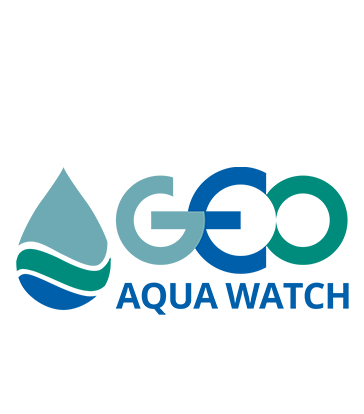GEO-GEE Algae MAp Project is EOdatascience’s Biggest Story in 2021!

Congratulations to the Algae MAp team for being recognized as the most popular story on EOdatascience in 2021!
Algae MAp’s newly published application and Remote Sensing article (entitled AlgaeMAp: Algae Bloom Monitoring Application for Inland Waters in Latin America ) describe the use of Google Earth Engine for monitoring water quality on a continental scale! The AlgaeMAp application is a partnership of the Federal University of Pelotas (UFPel), INPE, the Federal University of Rio de Janeiro (UFRJ) and Michigan State University. The project is one of two water quality projects awarded in July 2020 by joint selection of the Group on Earth Observations (GEO) and Google Earth Engine.
The AlgaeMap Application was developed within the Google Earth Engine (GEE) platform and provides historical and current images containing information on the trophic status, chlorophyll-a concentration and algae bloom in reservoirs and lakes in Brazil. The images used are from the MSI/Sentinel-2 satellite, which since 2015 provides images with 10m of spatial resolution. In the application, the NDCI (Normalized Difference Cholorophyll Index) image collection used has a spatial resolution of 30 m.
You can access the Algae Alert App and the usage tutorial on the UFPEL Geotechnology Laboratory website.
This is an open project and the team wants to extend it to other areas/regions and are seeking partnerships and collaborations. If interested , please contact: felipe.lobo@ufpel.edu.br
